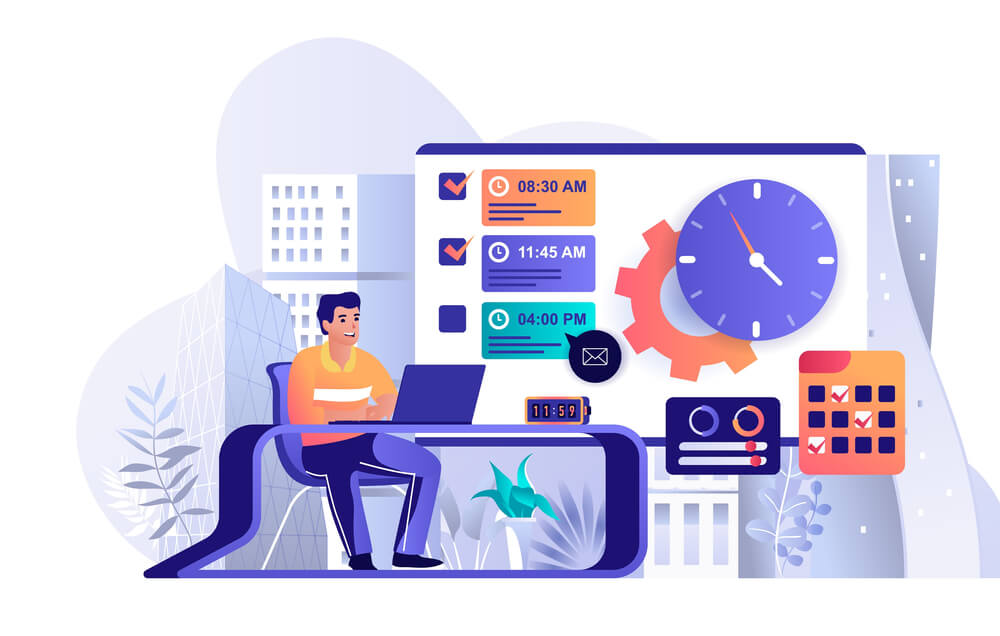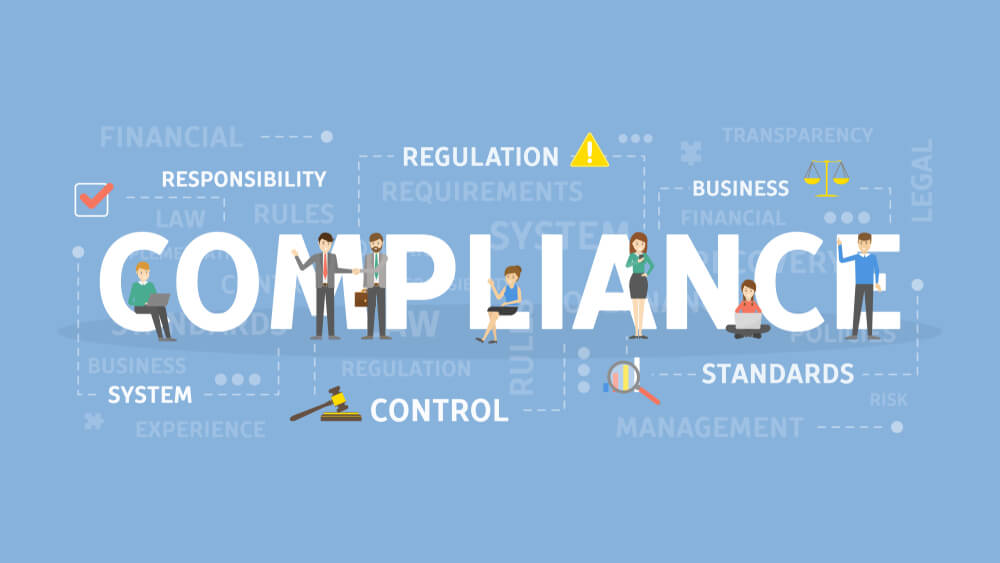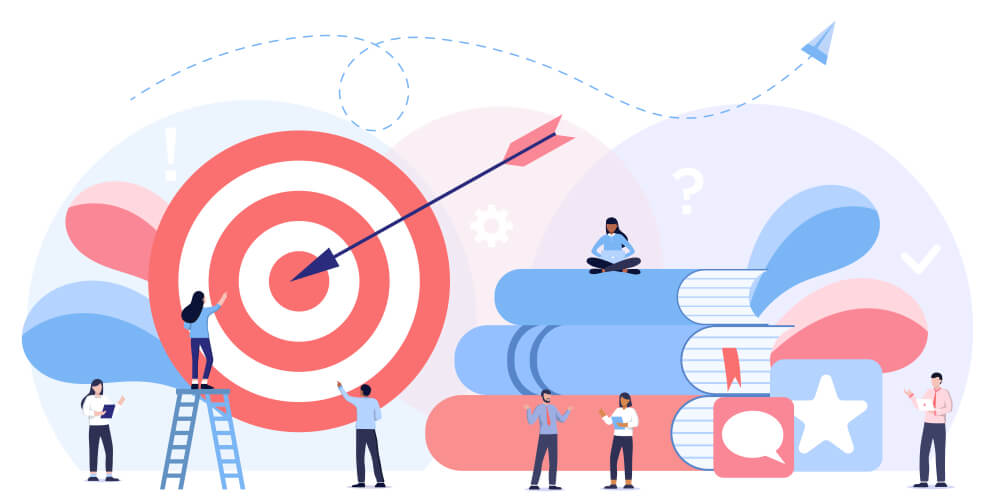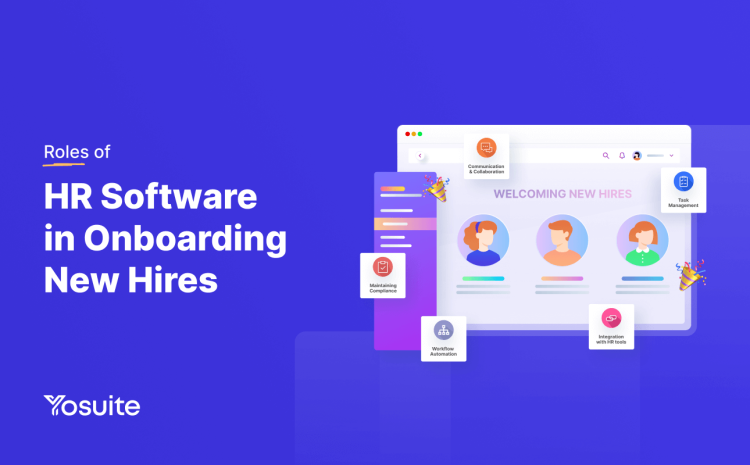When it comes to welcoming new employees, HR software onboarding plays a significant role. It is a digital platform that is used to simplify and automate task management that is involved in employee onboarding.
These tools enhance the onboarding experience, boost employee motivation, and create an excellent work environment for your business. So, whether you’re an owner of a small or a large business, this HR software greatly helps streamline the new employee welcoming journey.
Here, in this blog, we’ll briefly learn about HR onboarding software and its importance. Besides, we’ll also explore the roles of HR software. So, stay with us till the end and learn to beautify your employee onboarding experience.
Table of Contents
What is HR onboarding software?
HR onboarding software is a tool that automates and simplifies employee onboarding for maintaining the standards or legislations of an organization. More specifically, it offers a digital platform to manage and coordinate tasks involved in new hire onboarding.
Why use HR software onboarding?
We all know “First impression is the last impression”. It applies everywhere including welcoming or greeting new hires. Luckily, HR software onboarding ensures offering better UX and interaction during employee onboarding so that you can leave a powerful impact on your employees.
Besides, it motivates employees and creates a sense of responsibility and gratitude in their minds. This encourages and drives them to work harder by creating a friendly and self-reliant work environment.
Sometimes, paying high can’t satisfy your employees. But, smooth onboarding can’t. That’s why, using HR onboarding solutions is essential for letting your audience experience a seamless onboarding process.
Roles of HR software in employee onboarding
Leading organizations including the growing always focus on providing the best onboarding experience to their employees. Because the friendly onboarding process revolves around different variables such as employee satisfaction, engagement, and collaboration. To ensure it, recently, companies are starting to adopt employee onboarding tools because of their vast roles.
However, there are still some companies that follow manual onboarding since they’re totally unaware of the roles and benefits of HR software. Not anymore!
Here, we have put together all the roles of HR software for small businesses or large that assist in welcoming new hires in your business:
Workflow automation:

Onboarding tasks start just after completing the hiring process of an employee. Every company has different policies, rules, and tasks for its new hires. They need to let their hires be informed about these tasks and policies over the period. In such a case, manual onboarding can’t perform well like modern as task automation is missing. It’s tough for HRs to make new employees updated about the tasks without making any mistakes.
These instances make the workflow automation necessary that you can find in the HR onboarding tools. This digital onboarding process allows you to automate task assigning, reminder setting, etc so that you can ensure offering a seamless onboarding process to the freshers.
Communication and collaboration:
Smooth communication and collaboration are essential for any business. From freshers to company owners, you need to ensure effective communication and collaboration everywhere. Here HR software make it possible. Through large or small business HR onboarding solutions, you can respond quickly to the messages sent by your employees. Besides, you can also be right there whenever freshers need your help.
This boosts their confidence and lets them feel at ease in a new environment. Besides, new hires always struggle to adjust to a new working place. However, HR software can help a lot to fill up communication gaps and make strong collaboration.
Better task management:

The main charm of HR software lies in task management. It’s one of the major reasons that drive someone to use these tools. Because these employee onboarding tools simplify the task management process and make sure to offer the best onboarding experience to the new employees.
Besides, it reduces the extensive load of an HR by automating almost every task in an organization. Therefore, HR can handle other tasks that need to be done manually. Also, HR software sends task reminders so that employees always keep updated about the deadline of the tasks. On the other hand, HRs can track the assigned tasks and check their progress. As a result, tasks are managed effectively from both sides.
Fast and error-free reporting:
Another role of HR software is rapid report generation. This software automatically consumes different data and generates quick reports for your team. Besides, the generated report is completely error-free. Before, HR personnel need to carry out these tasks manually which increases the possibility of errors as they have to analyze a large volume of data to prepare reports.
But, now the HR software change everything. A report will come up on your screen with a single click which can cut down the labor-intensive and time-consuming traditional reporting system.
Maintaining compliance:

Maintaining compliance is essential for keeping your business safe from breaking laws and legislation. Because it can cause losing brand value and face severe lawsuits. Luckily, now there’s no chance of breaking laws and legislation since HR software also helps in maintaining compliance.
Here, compliance includes signing employee contracts, declaring taxes, filling out insurance forms, etc that can be done effortlessly using HR software. Automating these tasks means you can now maintain compliance to meet global standards. So, use HR tools and make sure you are following compliance in your business.
Easy integration with essential HR tools:
HR software not only extends functionalities with its built-in features but also integrates with other essential tools to offer a full-fledged positive onboarding experience to your employees. These additional tools allow proper communication and collaboration among new hires, regular employees, and management.
Besides, this fosters resource sharing, cross-functional collaboration, and so on while offering a personalized onboarding experience. Thus, it can cultivate a positive work culture, teamwork, and engagement.
Employee engagement:

Employee engagement is crucial for successfully unlocking business goals and diving business towards its vision. Normally regular employees can easily communicate and engage with others. However, the newly joined can’t due to hesitation and unfamiliarity.
In such cases, Digital onboarding system works pretty well as these offer opportunities for easy communication and collaboration. Besides, employees comfortably engage because of getting a personalized experience through this software. Furthermore, these tools have a gamification feature that boosts employee engagement by offering badges, rewards, etc. As a result, they participate in different activities and accomplish to win over rewards. Thus, HR tools cut out the discomfort and hesitation that hinder employee engagement.
What are the 5Cs of employee onboarding?
The 5Cs of onboarding include compliance, clarification, confidence, connection, and culture. Ensuring an effective onboarding means properly maintaining the 5Cs in your organization. Thankfully, now you can effectively and efficiently maintain the 5Cs of onboarding by leveraging HR software.
Summing up
HR software creates and shapes a positive onboarding experience for your business. By utilizing these software, organizations can automate workflow, communication, and collaboration. Besides, HR software helps to maintain the 5Cs of onboarding so that your employees don’t get demotivated working in your organization. How? We already learned from the above. Now, let’s pick and utilize appropriate HR software that guides you on how to streamline the onboarding process with its roles and capabilities.



Leave a Reply